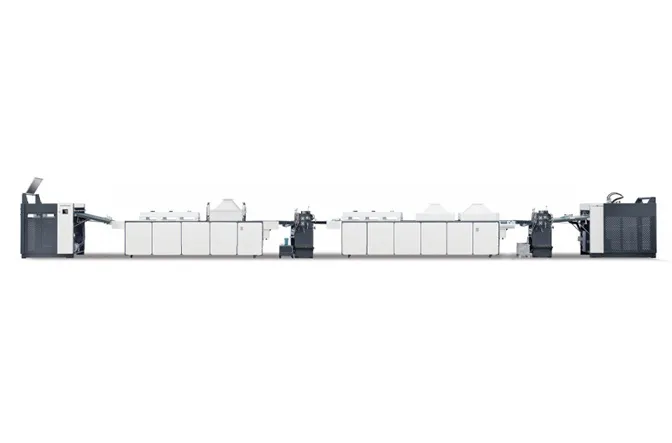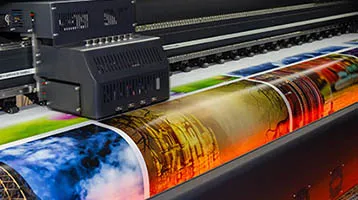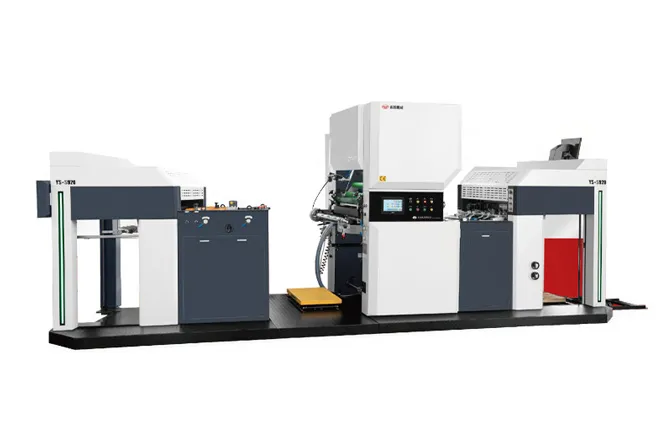An automatic film laminating machine is a specialized industrial device that uses fully automated processes to bond a thin plastic film (such as PET, BOPP, or PVC) onto substrates like paper, cardboard, or fabric. By integrating functions like film feeding, adhesive application, heat-pressure bonding, and finished product collection, it streamlines the laminating workflow, offering significant efficiency gains over manual or semi-automatic methods.
The automatic thermal laminating equipment operates through five core stages:
Below is a comparison of the three primary automatic laminating methods, highlighting their technical characteristics and applications:
|
Type |
Adhesive System |
Process Requirement |
Ideal Substrates |
Advantages |
Disadvantages |
Typical Uses |
|
Dry Lamination |
Solvent-based adhesives |
Requires drying tunnel for solvent vaporation |
Rigid materials (e.g., cardboard, thick paper) |
High bond strength, excellent gloss finish |
Higher cost, solvent emissions, slower speed |
Luxury packaging, book covers, photo albums |
|
Wet Lamination |
Water-based adhesives |
Direct adhesive application without pre-drying |
Flexible materials (e.g., thin paper, fabric) |
Cost-effective, fast for high-volume production |
Risk of substrate warping in humid conditions |
Retail labels, posters, lightweight packaging |
|
Hot Melt Lamination |
Heat-activated pre-coated films |
Bonds via heat/pressure (no liquid adhesives) |
Wide range, including recycled materials |
Eco-friendly (no VOCs), rapid processing |
Sensitive to temperature fluctuations |
Document lamination, outdoor signage, recyclable packaging |
1. Sustainability in Lamination Technology
As global environmental standards tighten, the industry is evolving toward greener solutions:
Recommendation: For businesses targeting sustainable markets, choose hot melt laminators—their solvent-free process aligns with circular economy goals.
2. Maintenance Best Practices
Regular upkeep ensures consistent performance and prolongs machine lifespan:
Pro Tip: Maintain a digital maintenance log to track service intervals and identify component wear patterns specific to your operations.
By understanding the mechanics, types, and evolving trends of automatic film laminating machines, businesses can select the right technology to balance productivity, quality, and sustainability—key factors in modern manufacturing and packaging.




GET A QUOTE